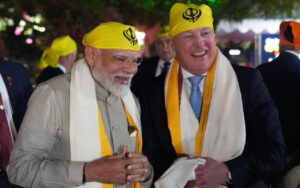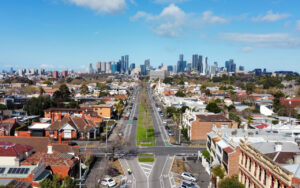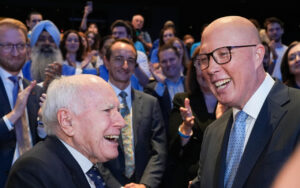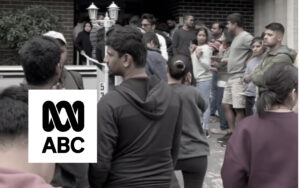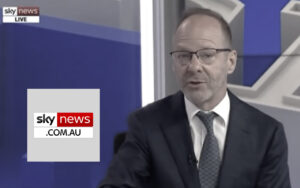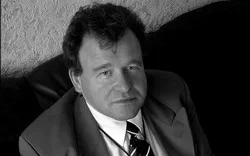The number of international students starting courses in Australia in 2025 is unlikely to change and could even increase despite a new so-called cap on commencements, since it only covers two out of five sectors, has multiple large exemptions, and sets limits only slightly below the current record highs.
Minister for Education Jason Clare unveiled the Labor government’s National Planning Level (NPL) on Tuesday, which will limit the number of new international student commencements to 270,000 for the 2025 calendar year, but only cover the higher education and vocational education and training (VET) sectors.
The NPL excludes the school sector, the English Language Intensive Courses for Overseas Students (ELICOS) sector and non-award sector, as well as higher degree by research students, various types of scholarship students, students with “twinning” arrangements with overseas universities, and students from the Pacific and Timor-Leste.
In the 2023 calendar year, the higher education and VET sectors made up 71.5% of the 556,438 international student commencements, and of that total just 65.5% were new, according to Department of Education data, although the definition of a “new” commencement appears to have changed.
Australia has the second highest share of international students in the world after Luxembourg, with a record 970,377 enrolments in 2023, up from 952,386 in 2019, making up a large proportion of the country’s net migration intake and heavily contributing to the housing crisis.
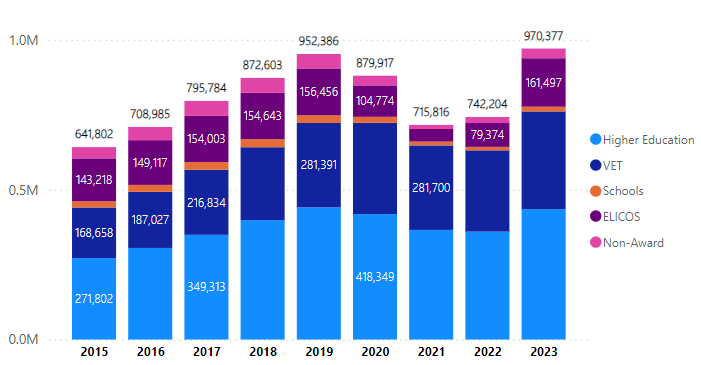
Mr Clare said the cap would result in more higher education students in proportion to VET students, and overall numbers would be about the same as in 2019, when there were 273,618 new international student commencements – the second highest on record after 2023.
“What this means is, next year, that there will be about the same number of international students starting a course here as there were before the pandemic,” Mr Clare said.
“There will be more in our universities and there will be fewer in our private vocational providers.
“The level that we’re setting for universities is about 15 per cent higher than it was before the pandemic. And the level for private vocational providers will be about 20 per cent less. For universities all up, it means they’ll be able to enrol about as many international students next year as they did last year, 2023.”
It is unclear what proportion of the 2023 higher education sector commencements would be covered by the NPL exclusions, and Mr Clare was not asked about the exclusions in his press conference on Tuesday.
“Accurate comparisons between the 2025 caps and previous enrolments are not possible using publicly available data,” Andrew Norton, Professor in the Practice of Higher Education Policy at Australian National University, wrote in The Conversation.
“The definition of a ‘new’ student is different and there is no published data on foreign scholarship holders or students who start at offshore campuses before coming to Australia.”
But with universities and private education providers heavily dependent on overseas students, the NPL will not prevent more enrolments than ever in courses not covered by the cap, such as in the ELICOS sector which had a record 122,816 commencements in 2023, 22.1% of the total.
Mr Clare also indicated on Tuesday that numbers would rise further the following year.
“Arrangements for 2026 and beyond will deliver sustainable growth in international student numbers to ensure the sustainability of the sector into the future,” he said.
Despite the cap allowing universities to enrol roughly the same number of students in 2025 as in 2023, peak body Universities Australia and organisation representing the largest institutions Group of Eight both complained about the changes, calling them a “handbrake” and claiming it would result in less revenue.
But Migration Watch Australia said on X that the cap was a clear betrayal of renters and workers.
“Nearly 300,000 international students next year. In just one year,” the lobby group wrote on X.
“This will send people homeless. Keep wages low. And worsen a cost of living crisis.
“Australians are more important than universities. It’s time the government acted like it.”
In recent months property industry and university lobby groups have claimed that international students do not affect rental vacancies or housing prices (despite their conflicts of interest), but Professor Norton disagrees, telling ABC News on Tuesday that cutting numbers was bound to make a difference.
“It’s not plausible to say that 900,000 [international students] won’t have an impact on the accommodation market, but it’s hard to quantify exactly what the impact will be.”
Labor’s misleading international student cap comes after it exceeded its net migration forecast for the 2023-24 financial year just two months after making it.
Nearly 300,000 international students next year. In just one year.
This will send people homeless. Keep wages low. And worsen a cost of living crisis.
Australians are more important than universities. It’s time the government acted like it. https://t.co/mszQuJcPhO pic.twitter.com/diFLILKOrF
— Migration Watch Australia (@migrationwaus) August 27, 2024

